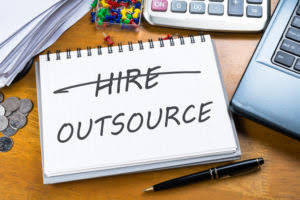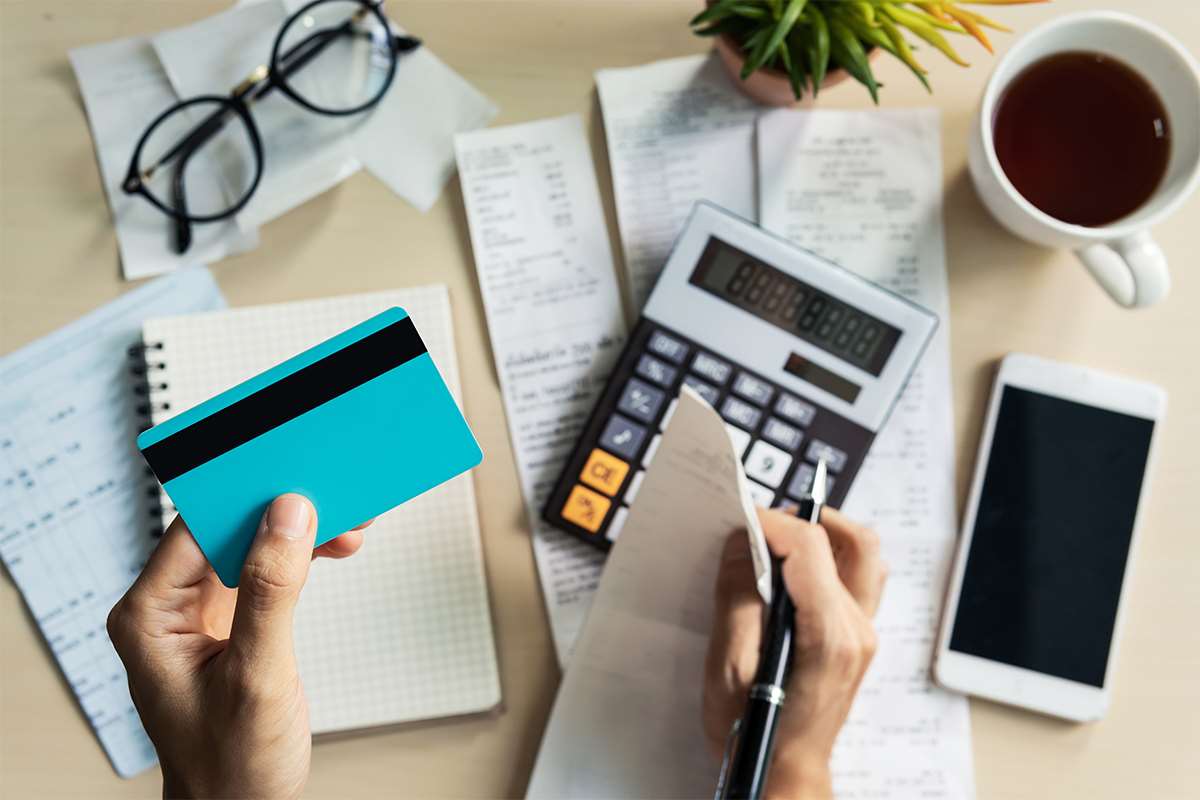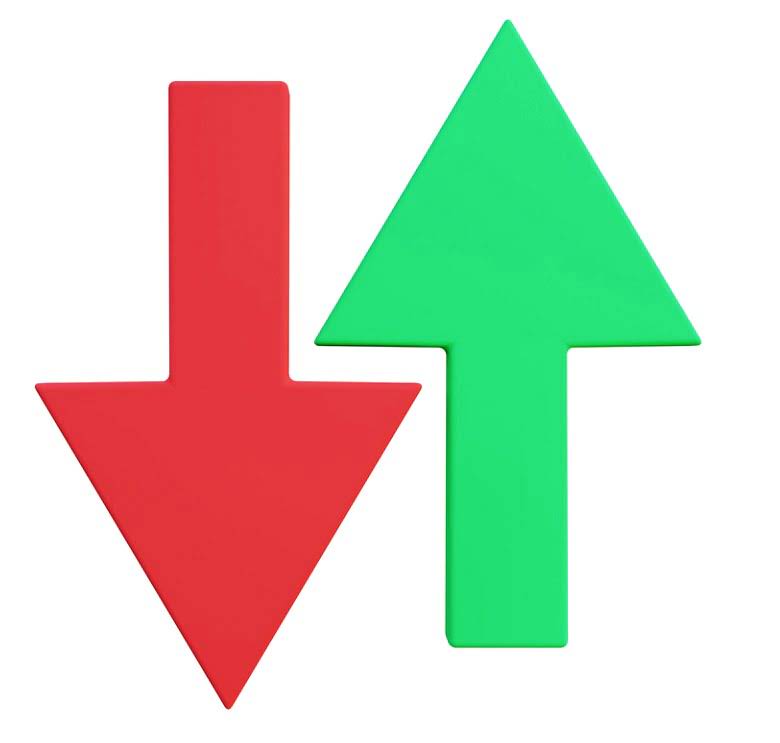
There’s a variety of ways to store your records — manually, digitally, or using accounting software. If you’re tech-savvy, digital options can offer automatic calculations and real-time financial monitoring, much like a GPS for your finances. But, if you’re a fan of the traditional approach, ledger books offer a tangible, hands-on method, but require more effort to maintain. Carry out these practices from the get-go to keep your financial health in check. Think of it as watering a plant; a little care frequently can result in thriving growth.

What are the benefits of maintaining good bookkeeping records for a sole trader business?
Read our blog on self-employed allowable expenses here for more information about what you can claim from HMRC. To conclude our introductory guide to bookkeeping, we’ve put together a list of top tips sole trader accounting to help you get started. While not mandatory, professional support ensures accuracy, compliance, and often saves money through optimal tax planning.
Accounting software for sole traders
Single-entry bookkeeping system is tailored for businesses with straightforward or minimal transactions. Traditionally, this method is not employed by businesses dealing with accounts receivable, accounts payable, or numerous capital transactions. However, once you get to grips with it, bookkeeping can provide self-employed business owners with valuable oversight of their finances. And a solid foundation for informed business decisions and financial stability.

Essential Record-Keeping Requirements
Bookkeeping in your business is all about creating a clear picture of your financial transactions – including all sales, income and expenses. Getting set up as a sole trader is fairly simple – all it requires is that you register for self-assessment with HMRC. To get started with trading, however, you should also open a business bank account and register a business name and website. As if life as a self-employed person wasn’t complex enough, there are actually two different systems under which you can prepare your accounts. When starting out as a sole trader, you’ll need to not only get to grips with which records you retained earnings balance sheet need to keep, but also whether you want to use cash basis or accruals accounting. Effective cash flow management involves regular monitoring of accounts receivable and payable, creating accurate cash flow projections, and budgeting for taxes.

Legal and tax obligations of a sole trader
- Prepare Financial Statements – Generate profit and loss statements to assess monthly performance.
- What you choose depends on your comfort with technology and how complex your financials are.
- This business structure differs from partnerships, where income is shared.
- All our templates are available to download for free and without signing up.
- Others use digital tools that forecast and adjust your cash flow in real-time.
This documentation is essential for accurate tax filing and can be invaluable in the event of an audit. An accountant is more focused on finding tax-savings and obtaining revenue via tax-reliefs/rebates. And preparing financial statements, filing tax returns and dealing with HMRC regarding any tax issues. It’s a bit like updating your address when you move; HMRC needs to know where to find you. This isn’t just for correspondence—it’s how you get set up for Self Assessment bookkeeping and payroll services tax returns, which are non-negotiable.
- As a sole trader, if your turnover in any 12 months either goes over or expects to go over the threshold of £90,000 (from 2024), you must register for VAT.
- Now your bank account is set up, the next step is to record your income and expenses.
- Reconciling bank accounts is an essential part of sole trader bookkeeping.
- In this way, sole traders can identify areas for improvement and optimise their business operations, leading to increased efficiency and profitability.
- If you have not done this before, you will need to register for a self-assessment tax return on the government website at least 20 business days before your tax deadlines.

